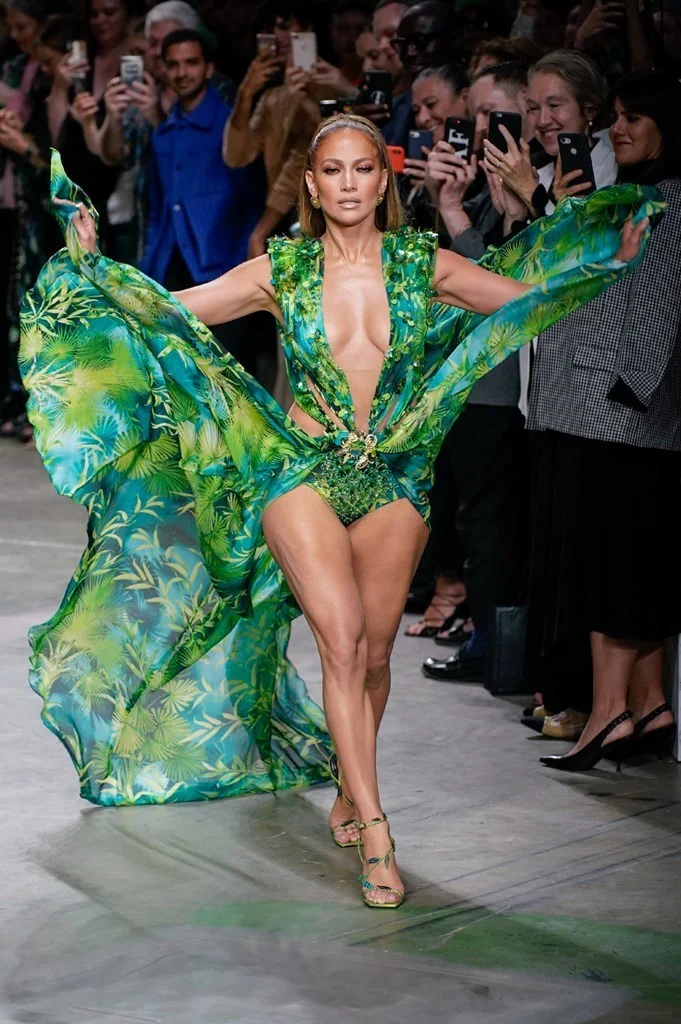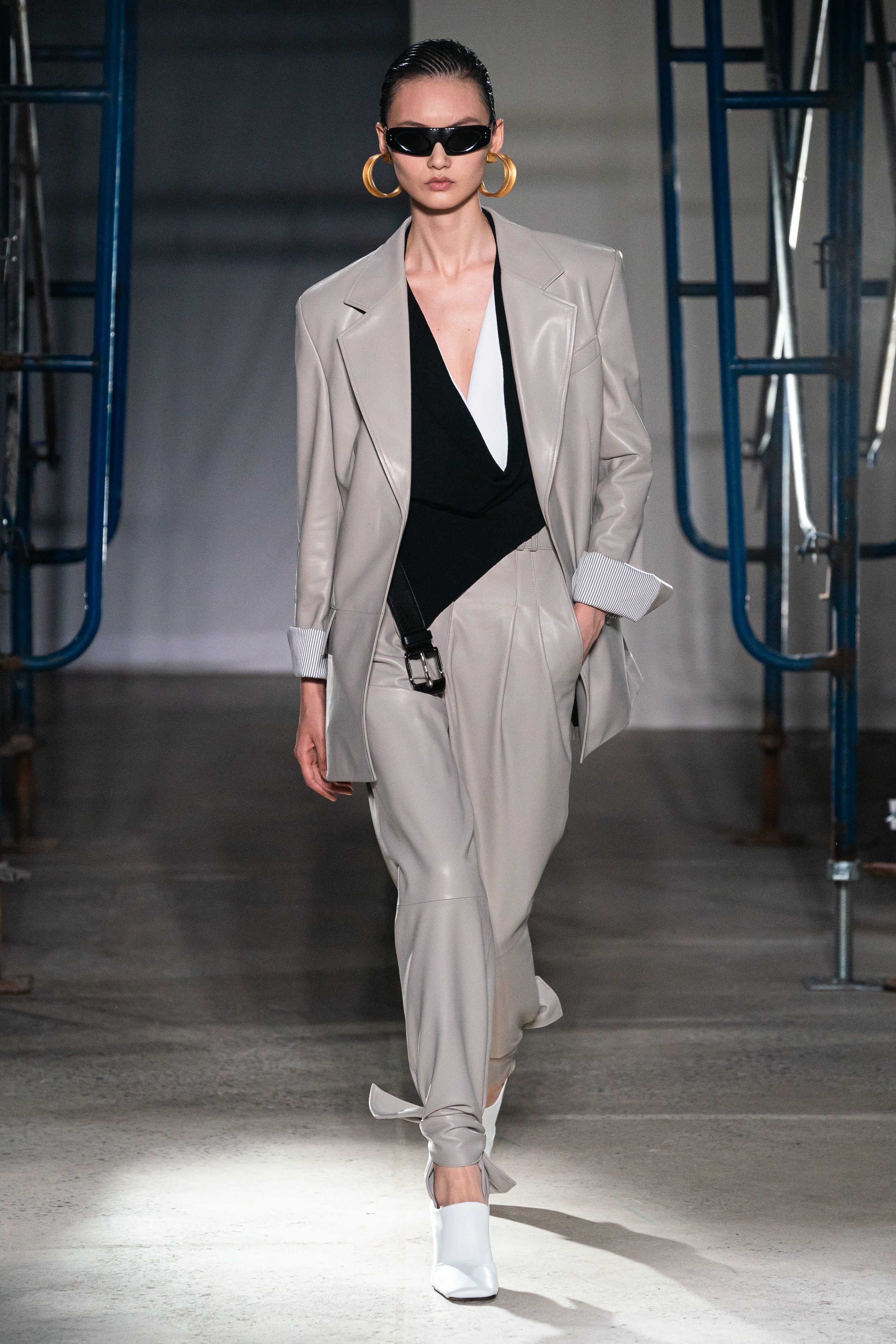Fashion's obsession with two of the hottest streetwear designers, Off-White Founder Virgil Abloh and Demna Gvasalia of Vetements has begun to wane, which brings to mind the question of what the state of luxury is today?
What was once the latest phenomena in luxury fashion, is seemingly now dead.
The fashion industry’s obsession with two of the hottest streetwear designers, Off-White Founder Virgil Abloh and Demna Gvasalia, one of the co-founders of Vetements has begun to wane, mostly likely due to an overwhelming level of high expectation that was never fulfilled.
From department store buyers and high-end boutique owners, to the fashion press and final customers, it seemed there was no shortage of praise for the designers and how they elevated streetwear to a new level, pushing the boundaries and ideas of what luxury fashion could mean in today’s modern age.
Both brands profited from the hype and rapturous feedback, which in turn helped the ascent of the designers, who were sought out for the top fashion jobs, one as artistic director of menswear at Louis Vuitton, and the other as artistic director of Balenciaga.
Their appointments at two rival groups LVMH and Kering, both of whom incidently has the same brand strategy in this case, showed the luxury industry that fashion was favouring a new style of creative direction – a young and daring outsider inserting a breath of freshness to an established luxury brand to increase its visibility and more importantly, its revenues.
The method worked. Both appointments at Louis Vuitton and Balenciaga have shown that this disruptive and unexpected move for the historied luxury brands has resulted in the same success and hype surrounding the new talent that the companies brought in. This was true particularly in the case of Louis Vuitton, as the French fashion house had never directly addressed streetwear so clearly as when Abloh joined the company.
Balenciaga Fall 2019 Campaign. Photo: Courtesy.
At Balenciaga, a couture Maison, the sharp eye and smart shapes developed by Gvasalia, with a little help from lots of sneakers, reached every corner of the globe. It is undeniable that Abloh and Gvasalia contributed to a new chapter of fashion, rich with inspiration from the past and remixed into a contemporary style.
But the success may have come at a cost for the designers’ own brands.
In August, the parent group (New Guards Group) of Off-White was acquired by online retailer Farfetch, resulting in a retreat from Abloh from his brand at its latest Spring/Summer 2020 womenswear collection in Paris this September. In the same month, Gvasalia announced that he was stepping down from Vetements to focus on the evolution of his vision, the Balenciaga brand.
Which brings to mind the question of what is the state of luxury today? Can it still comfortably be said that luxury is timeless and deeply tied up with a brand’s heritage and DNA? Or is luxury more of a short term concept to be constantly refined as the market alters?
To answer this question, I sought the views of Linda Loppa,a renown art director, curator, opinion leader and fashion critic as she defines herself. No stranger to the luxury industry, Loppa spent more than 25 years directing the fashion department at the Royal Academy of Fine Arts in Antwerp and most recently was director at Florence Polimoda, before opening her own factory where she focuses on art, educationand cultural projects.
Loppa believes that whilst heritage was previously used as a key for success or guarantee to longevity by the luxury industry, it no longer applies. “As the human perception of the world has changed and as we connect faster with all the people on the planet, there is no generation gap and we all look forward to the future, not to the past.”
When asked about whether there is a best practice to follow in terms of disruption or evolution, Loppa believes they are one and the same.
“Disruption is evolution. Defining the word 'luxury' might be a start for defining disruption and evolution as the word and the concept of luxury has different meanings following the demographics of peoples and cultures according to age, race, religion, gender, ethnicity, income, and education,” she said.
Clearly there is a lot behind the evolution of the luxury industry. Telling about the story of a couple of brands is not enough to define how this industry must face in terms of change.
In terms of innovation, Loppa believes the fashion industry needs to rethink the whole system.
“Innovation is an empty word,” she said. “We use technology to be updated and we use our brain to understand what we can add to make a better world. Especially in the coming years we need to reduce carbon emissions and reduce the use of water while growing cotton. But this is not enough; we have to study the whole process from scratch as the human aspect of consumerism is maybe sick.”
As Loppa highlights in her digital manifesto “fashion only moves forward”.
There is no way for luxury and fashion to be nostalgic. The industry cannot afford to look behind and stay stuck into a past life. Some scientific research from Stanford University proved that “the human body replaces itself with a largely new set of cells every seven years to 10 years, and some of our most important parts are revamped even more rapidly”.
Apparently, the same cycles are happening to luxury leather goods brand as well as to high-end fashion companies, if we look at the past year’s slowdown at Bottega Veneta and the one that, for example, Gucci is starting to experience.
Brands, and creative directors, have lifecycles that are shorter than in the past and they need to fuel business growth constantly with new ideas. Which is quite an exhausting mission and, most of all, a sort of a never-ending cycle of higher investments and expectations that risks to feed, as Loppa highlights, a sick approach to the taste for luxury?
















.